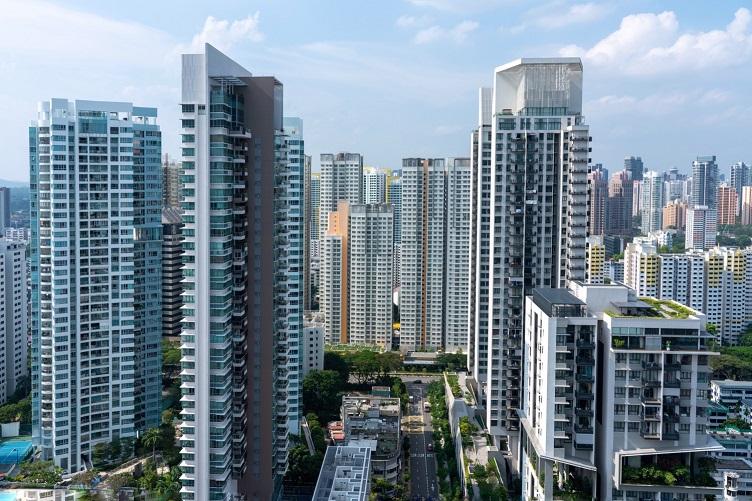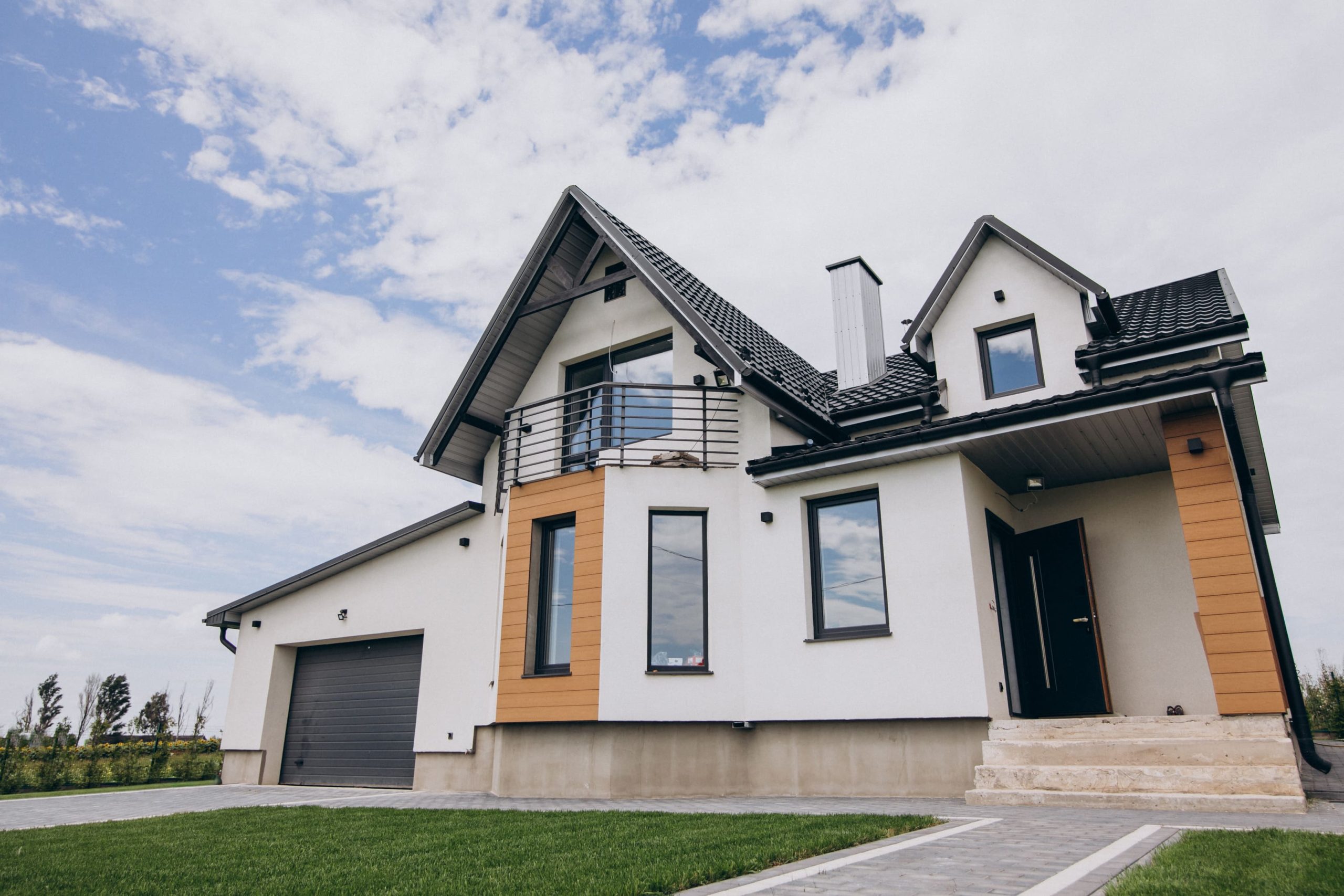The global pandemic has been a catalyst for profound changes across various sectors, with the real estate Malaysia market experiencing some of the most significant shifts. As the world gradually emerges from the shadows of COVID-19, it’s crucial to understand how these changes are reshaping the landscape of property buying, selling, and investing. This blog aims to explore the evolving trends and predictions in the real estate market in the post-pandemic era, offering insights into how these transformations are influencing buyer preferences, the impact of remote work, the integration of technology, and the economic indicators shaping the future of real estate. The pandemic has not only altered the way we live and work but has also redefined our relationship with physical spaces, particularly our homes and workplaces.
The shift in Real Estate Demand
As we emerge from the pandemic, a notable shift in luxury real estate in Malaysia demand is becoming increasingly evident. Previously, urban centers were the epicenters of real estate activity. However, the post-pandemic era has seen a surge in the appeal of suburban and rural properties. This trend is largely driven by a desire for more space and a better quality of life, as people reevaluate their living situations after months of lockdowns and restrictions.
Interestingly, this shift is not just about location. Buyers are now prioritizing different features in their homes. There is a growing demand for properties with extra rooms that can serve as home offices, outdoor spaces, and larger kitchens – a direct response to the increased time spent at home during the pandemic.
Remote Work and Its Influence on Real Estate
The rise of remote work has been one of the most significant outcomes of the pandemic, fundamentally altering the landscape of the real estate market. With many companies adopting remote or hybrid work models, employees are no longer bound to live in close proximity to their workplaces. This newfound flexibility has empowered many to seek housing in less densely populated areas, where they can often find more space at a lower cost.
The importance of a dedicated home office has skyrocketed, becoming a key factor in home-buying decisions. Properties that offer a conducive environment for remote work, such as those with additional rooms or quiet spaces, are in high demand. This trend is not just a temporary reaction to the pandemic but is likely to have long-lasting effects on how we view and value our living spaces.
Technology’s Role in Real Estate Post-Pandemic
The integration of technology into the real estate sector has accelerated rapidly in the wake of the pandemic. Virtual tours and digital transactions once a convenience, have become necessities. Real estate agents and companies are leveraging virtual reality and 3D modeling to provide immersive property viewing experiences from the comfort of one’s home. This technological shift is not only enhancing the buying experience but also expanding the market reach for sellers.
Beyond sales, technology is playing a pivotal role in property management and real estate marketing. Automated property management systems are streamlining operations, while data analytics is being used to target potential buyers more effectively. These technological advancements are not only making processes more efficient but also more accessible, opening up new avenues for engagement in residential properties in Malaysia.
Market Predictions and Economic Indicators
Analyzing current economic indicators is crucial in understanding the future trajectory of the real estate market. Interest rates, employment rates, and economic growth are key factors that influence market dynamics. Currently, we are witnessing a period of low-interest rates, which has been a catalyst for increased buying activity. However, this trend is subject to change based on broader economic policies and conditions.
In terms of market predictions, experts anticipate a continued rise in demand for suburban and rural properties in the short term. In the long term, urban markets are expected to recover and adapt, potentially regaining their appeal as vibrant centers of living and working. The demand for “houses for sale Kuala Lumpur” is also seen to increase, as the city adapts to the new norm and attracts both local and international investors. The commercial real estate sector, particularly office spaces, may undergo significant changes as businesses reassess their space requirements in light of remote working trends.
Investment Trends in Real Estate
In the wake of the pandemic, investment trends in the real estate sector have seen a significant shift. Investors are now reevaluating their strategies to adapt to the changing landscape. One notable trend is the diversification of portfolios to include suburban and rural properties, which have gained popularity due to changing lifestyle preferences.
Furthermore, emerging real estate markets are coming into focus. Investors are exploring opportunities in areas that were previously under the radar but now show potential due to demographic shifts and the rise of remote work. These markets often offer attractive returns, given their lower entry costs and growing demand.
Another key aspect is the increased interest in residential properties over commercial ones. With uncertainties surrounding the future of office spaces and retail outlets, residential real estate is perceived as a more stable investment. This shift underscores the need for investors to stay agile and responsive to market changes.
Government Policies and Their Impact
Government policies and regulations play a crucial role in shaping the real estate market, especially in a post-pandemic world. Various stimulus packages and housing policies introduced by governments worldwide have had significant impacts. For instance, tax incentives for homebuyers or subsidies for real estate developers can stimulate market activity.
However, it’s crucial to understand that these policies can have varied effects in different regions. For example, zoning laws and development regulations can influence the supply of new properties, thereby affecting prices and availability. Keeping abreast of these policies is essential for anyone involved in the real estate market, as they can present both opportunities and challenges.
In conclusion, the real estate market post-pandemic is a landscape of transformation. It demands vigilance, adaptability, and a keen understanding of emerging trends. For those willing to navigate its complexities, it offers a realm of potential and growth. As we move forward, staying informed and responsive to these changes will be key to success in this dynamic market.




